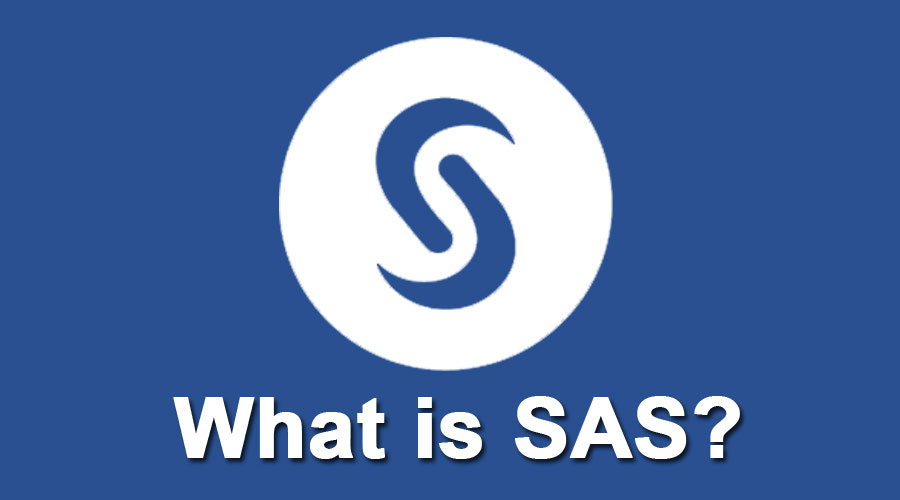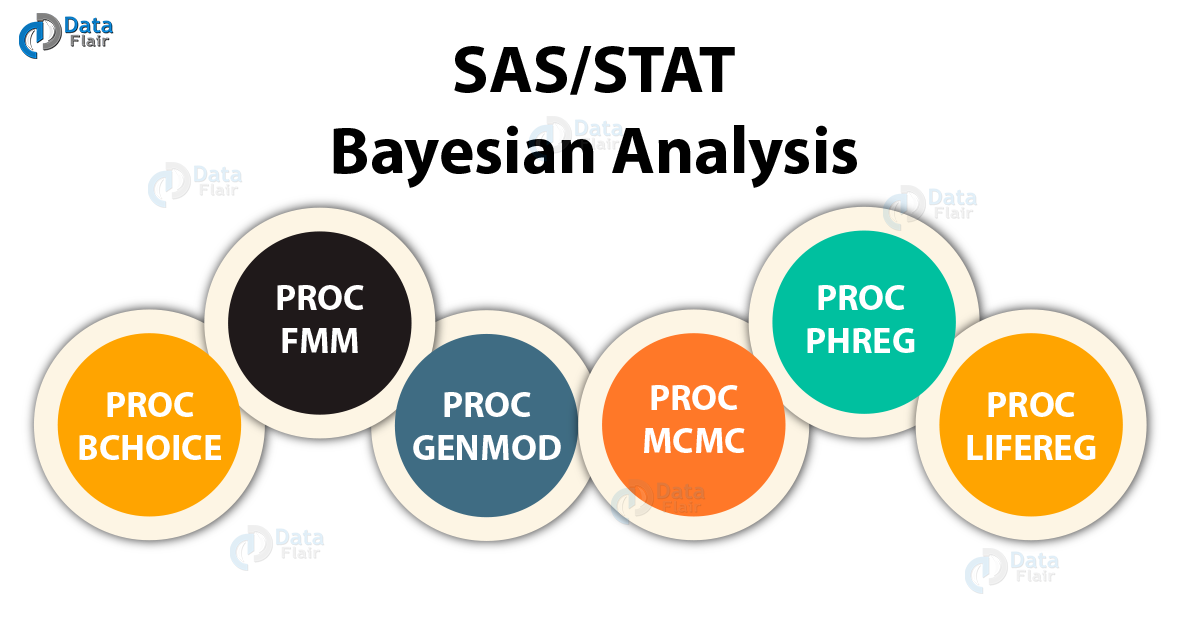

Statistical methods for analysis mainly depend on type of data. Observations recorded during research constitute data. Descriptive statistics explain the distribution of population measurements by providing types of data, estimates of central tendency (mean, mode and median), and measures of variability (standard deviation, correlation coefficient), whereas inferential statistics is used to express the level of certainty about estimates and includes hypothesis testing, standard error of mean, and confidence interval. Statistical method has two major branches mainly descriptive and inferential. To begin with, readers should know about the data obtained during the experiment, its distribution, and its analysis to draw a valid conclusion from the experiment. Biostatistics mainly consists of various steps like generation of hypothesis, collection of data, and application of statistical analysis. Biostatistics covers applications and contributions not only from health, medicines and, nutrition but also from fields such as genetics, biology, epidemiology, and many others. Biostatistics is a branch of statistics applied to biological or medical sciences. These individuals may be human beings, animals, or other organisms. Thus, statistics may be defined as the discipline concerned with the treatment of numerical data derived from group of individuals. Statistics without scientific application has no roots. Statistics can neither prove not disprove anything. It can be considered as an art as well as science.

Statistics implies both, data and statistical methods.

Self-motivation for effective learning and application of statistics is lacking. It has been commonly seen that most postgraduate students have an inherent apprehension and prefer staying away from biostatistics, except for memorizing some information that helps them through their postgraduate examination. Acquiring such skills currently forms an integral part of their postgraduate training. This article deals with basic biostatistical concepts and their application to enable postgraduate medical and allied science students to analyze and interpret their study data and to critically interpret published literature. Statistics is basically a way of thinking about data that are variable.


 0 kommentar(er)
0 kommentar(er)
